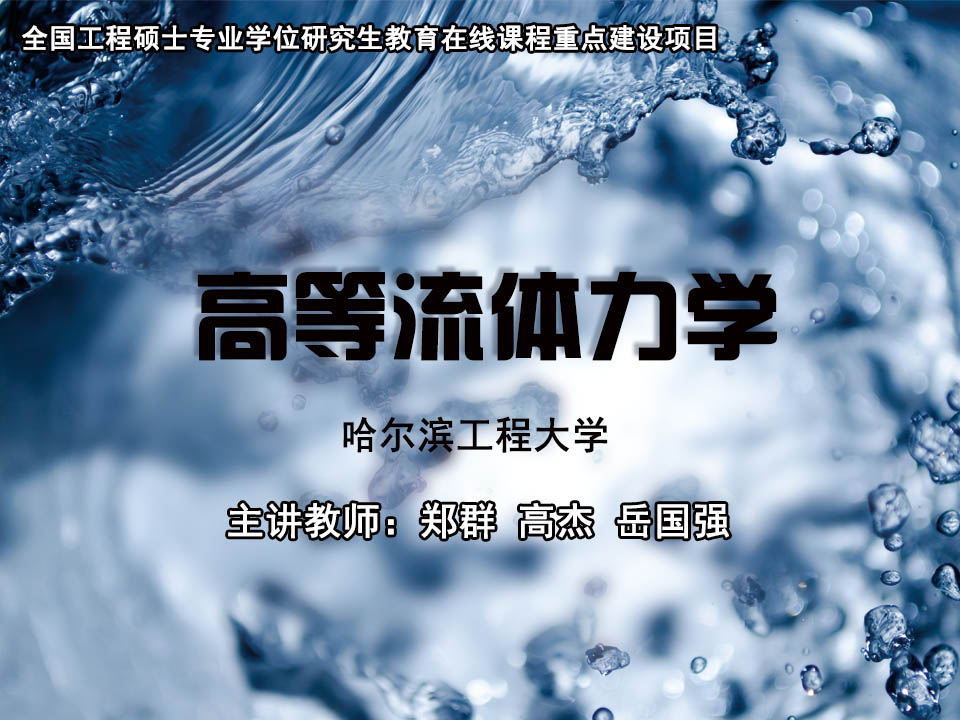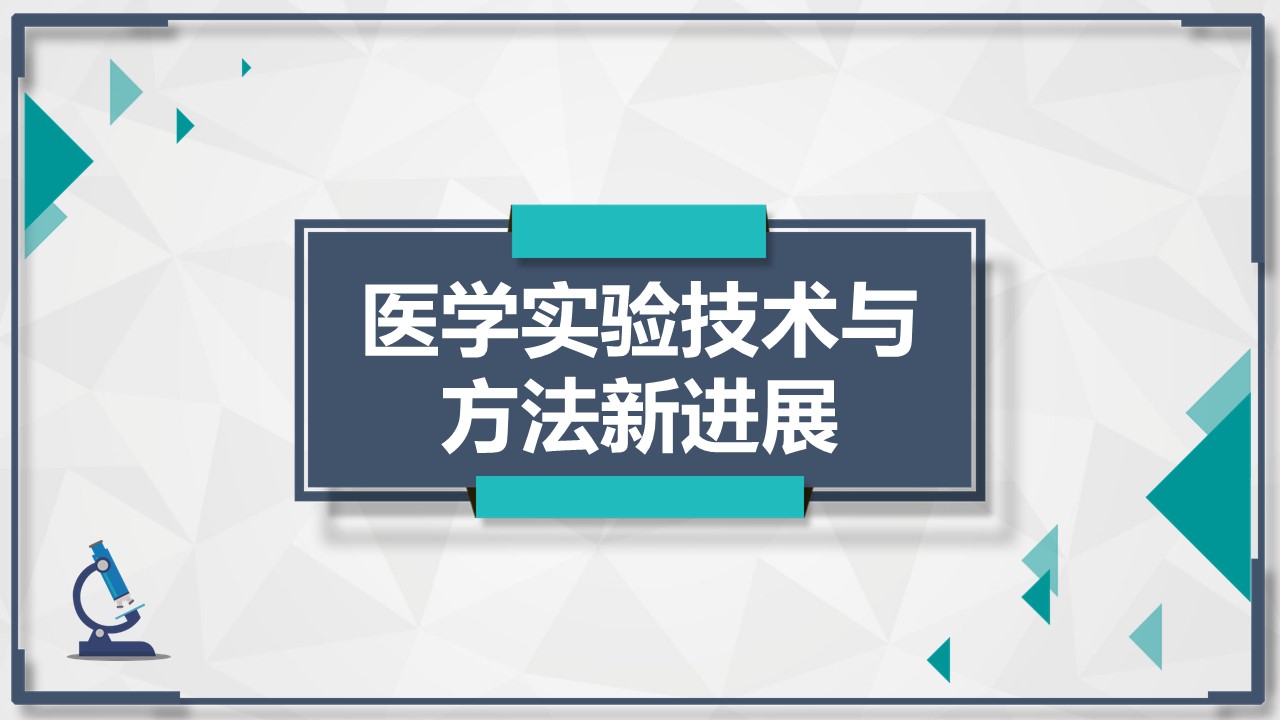
当前课程知识点:Green Economy from China's Stories > 10. Environmental Policy Assessment > 10.2 Types of Environmental Policies (b) > 10.2 Types of Environmental Policies(b)
返回《Green Economy from China's Stories》慕课在线视频课程列表
返回《Green Economy from China's Stories》慕课在线视频列表
欢迎进入
《绿色经济与中国实践》
接下来我们来看一下
公众监督性环境政策
什么叫做公众监督型环境政策呢
它是21世纪之后出现的
一种新型的环境政策
这种政策主要是通过社会公共舆论
社会道德压力 劝说等措施
间接推动相关环保法律法规
技术标准得到更严格的落实和执行
公众参与性工具的核心
是通过公众参与
能够影响全社会的环境治理绩效
公众可以通过多种渠道
向政府部门反映自身关于环境政策问题的
基本诉求和立场
根据参与途径和方式的差异
公众参与性工具可以分为两类
一类是政府部门主导的方式
包括政府发布社会关注的
环境监测信息
环境保护主管部门主导的
征求意见 问卷调查 座谈会
专家论证会 听证会等
如生态环境部
污染源监控中心
中国环境监测总站发布的
空气质量水质实时监控
大家可以看一下图
第2类
是公众主动积极反映
自身环保诉求的方式
公民借助于社交媒体 信访等方式
表达自己的环境保护诉求
比如通过微博 微信
公众号 市长热线等
向有关部门举报周围的环境违法事件
2007年
环境信息公开办法
颁布以来
中国政府自上而下推行了
一系列信息公开
和公众参与政策
以期将社会力量
吸纳到环境治理的体系中来
这种尝试究竟有没有效果
研究人员的分析显示
非政府组织或者是公众监督政策
的确能够发挥一定的作用
那么我们就思考
另一个有趣而重大的问题
政府部门真的在意公众监督吗
或者说公众监督对污染减排真的有效果吗
这是一个很好的问题
近年来
南京大学的张炳教授
构建了
政府环保透明度指数
英文缩写叫做PITI
研究回答了这一问题
他的研究结果表明
中国非政府组织的监督
的确能够助庆地方政府
减排公开信息的结果
可能会产生两种影响
第一
会增加公众对地方政府的不满
如果当地的政府环保透明度
比较低的话
第二
减少中央政府的监管成本
因为此时由公众来对地方政府进行了监督
所以中央政府的监管成本
会相应的降低
但研究显示
一方面
PITI指数公开
并没有直接影响
对公众的不满
和媒体关注的程度
换句话说
地方政府调整政策
改进环保表现
并非出于公众不满
而是处于对自身的要求
另一方面
研究人员通过访谈发现
地方政府官员普遍认为
近年来
来自中央政府的环境信息公开压力增强
部分城市官员表示
PITI指数公开
增加了本城市相关行为
被中央政府监管的可能性
换句话说
非政府组织的监督
成为中央政府监督地方的
一种有效补充
公众监督政策有什么优点
和缺点
研究认为
公众对于环境治理的广泛参与
能够通过不同参与机制
向政府反映社会各阶层
各组织的需要和意见
从而减少
政府跟踪检查等活动的执行
有助于降低政府管理成本
但缺点在于公众参与型工具
具有一定的间接性
发挥效力的时滞较长
公众参与型工具发挥作用
需要借助于行政管理部门的强制力
依赖于相关法律法规
和技术标准的后续调整
最后
我们要看的政策是自愿型环境政策
自愿型环境政策主要是指
居民 企业 民间组织
根据自身对于可持续发展的认识
自发开展一系列
在生产和生活中减少自然资源消耗和浪费的
自愿性环境保护行动
在当今的社会
自愿性环境政策
是世界各国环境政策演变的一个趋势
从分类上来看
资源型环境政策可以分为自愿行动的标准
环境管理体系
和自愿环保行动两种
比如说ISO14000系列标准
是为了促进全球环境质量的改善
而制定的一套环境管理的框架文件
目的是为了加强组织公司企业的环境意识
管理能力
和保障措施
从而达到改善环境质量的目的
我国最早的资源型环境政策
出现在2003年
当时山东省政府
和济南钢铁集团有限公司
莱芜钢铁集团有限公司
签署节能自愿协议
标志着我国已正式开始实施自愿协议试点
同年
青岛的15家企业
与当地政府
签订的节能自愿协议
在环境管理体系
和生态标志产品上
我国在1997年
全面建立了环境管理体系国家认证制度
自愿手段在中国的环境政策中
虽然不是一项重要的手段
但以自愿手段和经济手段为内容的
新环境政策工具
在被越来越多的国家所采用
成为了环境治理创新的一个新趋势
那么自愿型环境政策的特点
是什么呢
首先
自愿型环境政策不是靠法律
或其他强制性手段所驱动
而是企业通过内部约定
自发形成的
在环境管理的正式规则
运行费用太高的领域
被管理方自愿的内部管理
将比正式规则效率更高
而交易成本更低
因此
自愿型环境政策
可以带来更低的生产成本
自愿型环境政策
是企业相应消费者环境需要
来自外部环境的竞争压力
新的法律法规及潜在的威胁而产生的
自愿型环境政策
是建立在企业自愿遵守的基础上
但是它的运作效率
离不开相关法规和公众监督
中国的自愿型环境政策
大致是从90年代末21世纪初开始
正如前面所言
在强有力的地方政商关系下
自愿型政策
有可能被企业用来向公众传达
他们有意愿消减排污量的消息
获得公众认同
但并没有真正采取消减的行动自愿途径
应成为政府正式立法之前
自我管制的办法
该途径常常和传统的法律工具相结合
从而使其适用性更强
随着我国经济的发展
面对日益复杂的环境问题
单一的强制性手段
已经开始显现出独木难支的现象
管理者希望寻求新的管理手段
来辅助强制性政策
弥补其不足
同时
企业的环境保护意识开始觉醒和提高
更为重视
对自身的环境表现力
公众消费者也对自身的环境
和消费的产品提出了更高的要求
这表示
是有必要的
也是可能的
我国现阶段尝试环境资源协议
我国现阶段尝试环境资源协议
这些年来
中国政府政策手段
以行政命令政策为主导
从90年代前
此后逐步转移到以市场激励型手段为主导
进入2000年后
自愿性环境政策和公众监督型环境政策渐渐出现
总的来说
国家环境政策的制定应该是稳妥和慎重的
既要考虑和满足
社会经济环境相互协调的
可持续发展的长期战略
又要照顾当前增强国家的国际竞争实力
改善并提高人民生活质量的
眼前利益
与此同时
还必须考虑操作上的可行性
因此
国家的环境政策
只能在对立与妥协中不断完善改进
任何环境政策都具有时效性
当社会条件变化了的时候
他们可能会部分甚至全部失效
所以
在保持整体环境政策
相对稳定的前提下
环境政策还需要根据当时的具体情况
来分阶段进行调整
好
我们对环境政策的具体分类分析
就介绍到这里
谢谢大家 再见
-1.1.1 Global Environmental Issues and Ecological Crisis
--1.1.1 Global Environmental Issues and Ecological Crisis
-1.1.2 Environmental Issues and Governance Results in China
--1.1.2 Environmental Issues and Governance Results in China
-1.2.1 Attention from the International Community to Ecological and Environmental Issues
--1.2.1 Attention from the International Community to Ecological and Environmental Issues
-1.2.2 Reflection of the International Community on Ecological and Environment Issues
--1.2.2 Reflection of the International Community on Ecological and Environment Issues
-1.2.3 China's Practice of Ecological and Environmental Protection (a)
--1.2.3 China's Practice of Ecological and Environmental Protection (a)
-1.2.3 China's Practice of Ecological and Environmental Protection (b)
--1.2.3 China's Practice of Ecological and Environmental Protection (b)
-1.3 The Origin of Ecological and Environmental Issues
--1.3 The Origin of Ecological and Environmental Issues
-Chapter I Test
-2.1 Teaching Materials
-2.2 Practice in China
-Chapter II Test
-3.1 Research Hotspots
-3.2.1 Industrial Ecology
-3.2.2 Environmental Value Spillover
--3.2.2 Environmental Value Spillover
-3.2.3 "Two Mountains" Theory (a)
--3.2.3 "Two Mountains" Theory (a)
-3.2.3 "Two Mountains" Theory (b)
--3.2.3 "Two Mountains" Theory (b)
-Chapter III Test
-4.1.1 International background
--4.1.1 International background
-4.1.2 Background in China
-4.2 3R Principles
-4.3 3 levels
-4.4.1 Progress
-4.4.2 Policies
-Chapter IV Test
-5.1 The concept of Low-carbon Economy
--5.1 The concept of Low-carbon Economy
-5.2 The origin of the Low-carbon Economy theory
--5.2 The origin of the Low-carbon Economy theory
-5.3 Practice in Developed Countries
--5.3 Practice in Developed Countries
-5.4 Practice in China
-Chapter V Test
-6.1 The Concept of Green Economy
--6.1 The Concept of Green Economy
-6.2.1 Development and Research Progress of the Green Economy
--6.2.1 Development and Research Progress of the Green Economy
-6.2.2 Actions on Green Economy and Future Development Trend of Green Economy
--6.2.2 Actions on Green Economy and Future Development Trend of Green Economy
-6.3 Assessment Methods for Development of Green Economy
--6.3 Assessment Methods for Development of Green Economy
-6.4.1 Formation and Application of Green Economy Development Thought
--6.4.1 Formation and Application of Green Economy Development Thought
-6.4.2 Practice and Inspirations of Green Economy Development
--6.4.2 Practice and Inspirations of Green Economy Development
-Chapter VI Test
-7.1 The Concept of Sustainable Development
--7.1 The Concept of Sustainable Development
-7.2.1 The formation of sustainable development in China
--7.2.1 The formation of sustainable development in China
-7.2.2 China's Achievements in Sustainable Development
--7.2.2 China's Achievements in Sustainable Development
-7.3.1 EKC Hypothesis and Its Origin
--7.3.1 EKC Hypothesis and Its Origin
-7.3.2 Enlightenment of EKC on China's Environmental Governance
--7.3.2 Enlightenment of EKC on China's Environmental Governance
-Chapter VII Test
-8.1 The Connotation and Assessment Significance of Ecosystem Service Value
--8.1 The Connotation and Assessment Significance of Ecosystem Service Value
-8.2 The Research Progress of Ecosystem Service Value Assessment
--8.2 The Research Progress of Ecosystem Service Value Assessment
-8.3 Practice in China
-Chapter VIII Test
-9.1.1 Theoretical Concept
-9.1.2 Research Prospect
-9.2 Development Process of Ecological Footprint
--9.2 Development Process of Ecological Footprint
-9.3.1 Research Scale
-9.3.2 Research Industry
-Chapter IX Test
-10.1 Environmental Policy Assessment Standards
--10.1 Environmental Policy Assessment Standards
-10.2 Types of Environmental Policies (a)
--10.2 Types of Environmental Policies(a)
-10.2 Types of Environmental Policies (b)
--10.2 Types of Environmental Policies(b)
-10.3 Case study——River Chief Policy
--10.3 Case study——River Chief Policy
-Chapter X Test
-Final exam
--Final exam





